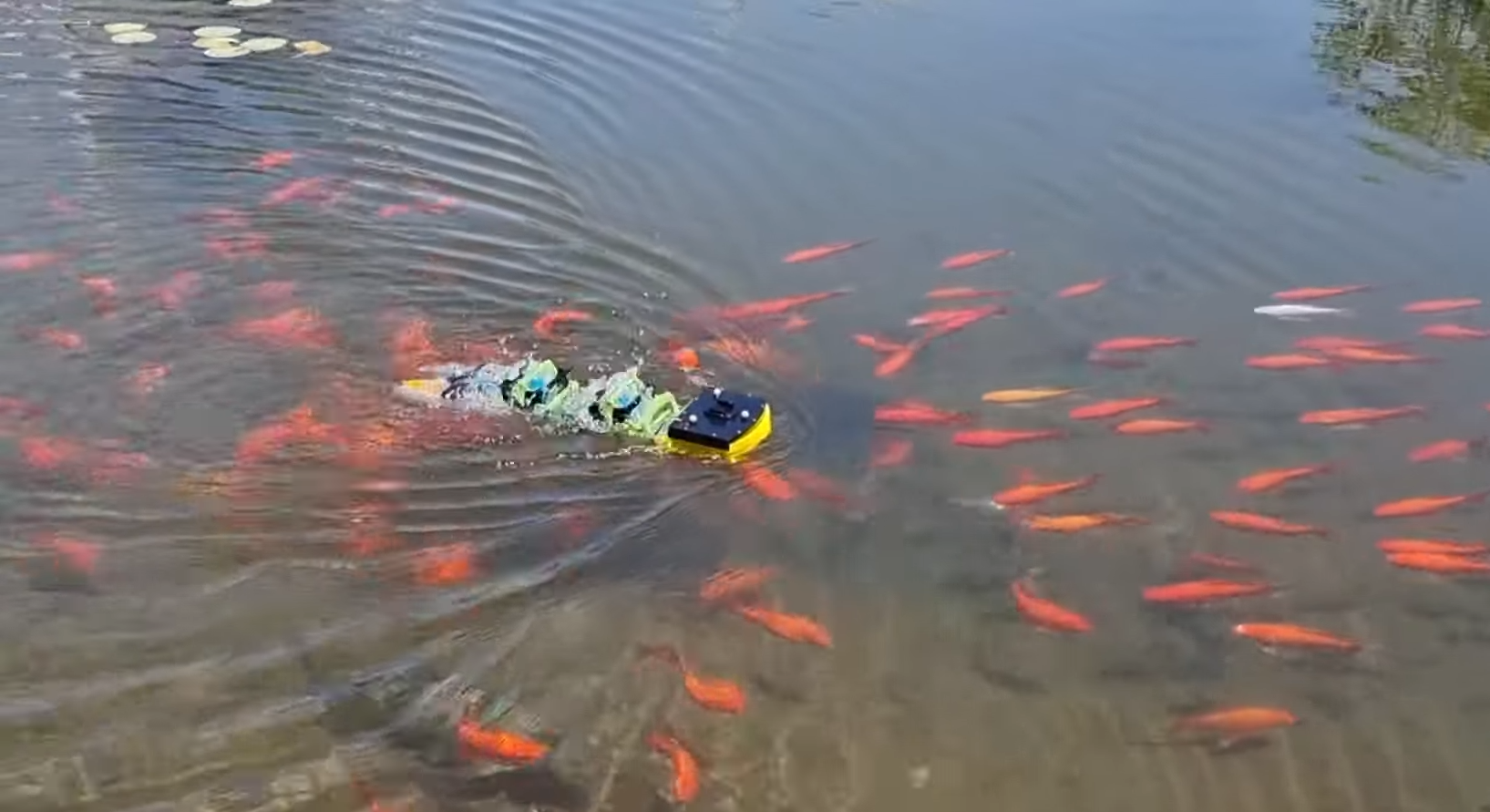
Video Friday is your weekly selection of awesome robotics videos, collected by your friends at IEEE Spectrum robotics. We also post a weekly calendar of upcoming robotics events for the next few months. Please send us your events for inclusion.
HRI 2023: 13–16 March 2023, STOCKHOLM
Robotics Summit & Expo: 10–11 May 2023, BOSTON
ICRA 2023: 29 May–2 June 2023, LONDON
RoboCup 2023: 4–10 July 2023, BORDEAUX, FRANCE
RSS 2023: 10–14 July 2023, DAEGU, KOREA
IEEE RO-MAN 2023: 28–31 August 2023, BUSAN, KOREA
CLAWAR 2023: 2–4 October 2023, FLORIANOPOLIS, BRAZIL
Enjoy today’s videos!
This video presents the AmphiSAW robot. The Robot relies on a unique wave producing mechanism using a single motor. The AmphiSAW is one of the fastest amphibious robots and the most energy efficient amphibious robot. Its Bio-inspired mechanism is bio-friendly as it allows the robot to swim among fish without intimidating them.
A paper on AmphiSAW appears in Bioinspiration and Biomimetics 2023.
[ BGU ]
It’s the whole-body gesturing here that’s the most impressive, I think.
[ Sanctuary AI ]
Some very impressive jumping from Cassie Cal.
[ UC Berkeley ]
I am pretty sure this is a fake robot arm, which means Northrop Grumman gets added to the list of “companies that really should be able to do things with real robot arms but aren’t for some reason.”
[ YouTube ]
This is not a great video, but it’s a really cool idea: Hod Lipsons’ Robotics Studio course at Columbia teaches students to design, fabricate, and program robots that walk. Here are 49 of them.
[ Columbia ]
Robots throwing robots.
[ Recon Robotics ]
There are many moments in the Waymo Driver’s day when it finds itself at a crossroads and must decide what to do in a fraction of a second. Watch Software Engineer Daylen Yang break down the challenge of intersections and what we’re doing to build a safe driver—the Waymo Driver—for every road user.
[ Waymo ]
The final episode of NASA’s series on the history of lidar.
[ NASA ]
Kaitlyn Becker was working on her doctorate at Harvard University when she helped develop a soft robotic system that can handle complex objects by using entanglement grasping. She joins to explain how creatures of the sea inspired the robotic gripper and how it might be used in the future.
[ NSF ]
A panel on “Future Challenges and Big Problems” featuring UPenn GRASP Lab faculty members and moderated by Vijay Kumar.
[ UPenn ]
Source: IEEE Spectrum Robotics
